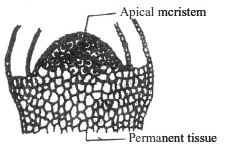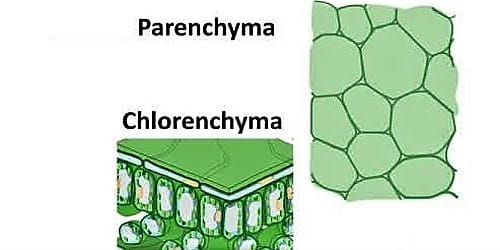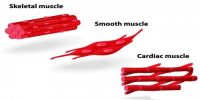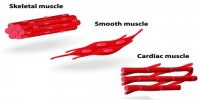Cells of permanent tissues are not capable of cell division, for which they are called Permanent tissue. They are originated from Meristematic tissues. All tissues other than the Meristematic ones are permanent tissues.
The tissues that are entirely grown and have lost the capacity of separation are known as permanent tissues. The permanent tissue in plants mostly helps in providing support, protection as well as in photosynthesis and conduction of water, minerals, and nutrients. The meristematic tissues separate and distinguish to form the permanent tissues.

Characteristics features of Permanent tissue:
- Permanent tissues might be either simple or complex in nature.
- Cells of these tissues have no power of division.
- These tissues are derivatives of meristematic tissue.
- Cells are well developed and properly shaped.
- Cells or tissues may be living or dead and cell walls may be thin or thick.
- The cell wall is comparatively thick.
- Cells may surround reserve, excretory or secretory substances.
- The nucleus of the cells are bigger and cytoplasm is dense.
- Permanent cells have lost their power of division except for parenchyma.
- Usually, there are vacuoles in the cell.
- Intercellular spaces might be present or absent.
- There may have intercellular spaces in between cells.
- Their cells are well differentiated and are found in a diversity of shapes.
- Metabolic activities are comparatively slow.
- The metabolic activity is low in these cells compared to meristematic tissues.
- Vacuoles are prominent. Their cells show large vacuoles.
- They are mature tissue and the cell has lost the capacity of cell division.
Types of permanent tissue: Permanent tissues are of three types, namely –
(a) Simple tissue, (b) Complex tissue and (c) Secretory tissue.
Simple permanent tissue
Simple permanent tissue is composed of a single type of cells which have comparable origin, structure, and function. This tissue is called epithelium in animals and epidermis in plants. They are homogenous of structurally and functionally comparable cells.
Types of simple permanent tissue
- Parenchyma – Parenchyma mostly serves as a storage tissue. They are accountable for photosynthesis, storage of food, secretion, etc.
- Collenchyma – It helps in photosynthesis. They often have some chloroplast to hold on photosynthesis.
- Sclerenchyma – It mainly helps in mechanical support to plant body in the form of plasticity.
Complex permanent tissue
Complex permanent tissue is composed of two or more than two types of cells and contributes to a general function. They organize together to carry out the similar particular functions in the plant body. It is also known as vascular tissue.
Types of complex tissue:
- Xylem – The xylem tissue is accountable for the transmission of water and minerals from the roots to the leaves and stem.
- Phloem – This complex permanent tissue helps in the translocation of food that is prepared by photosynthesis in the leaves to diverse parts of the plant.
Secretory tissues
Secretory tissues are specialized tissue having secretory functions. They secrete diverse types of chemicals.
Types of secretory tissue –
- Lactiferous tissues: It is thin walled tubes like tissue which produce latex (milky juice).
- Glandular tissue: This tissue forms glandular structures which secrete or excrete chemical substances.













